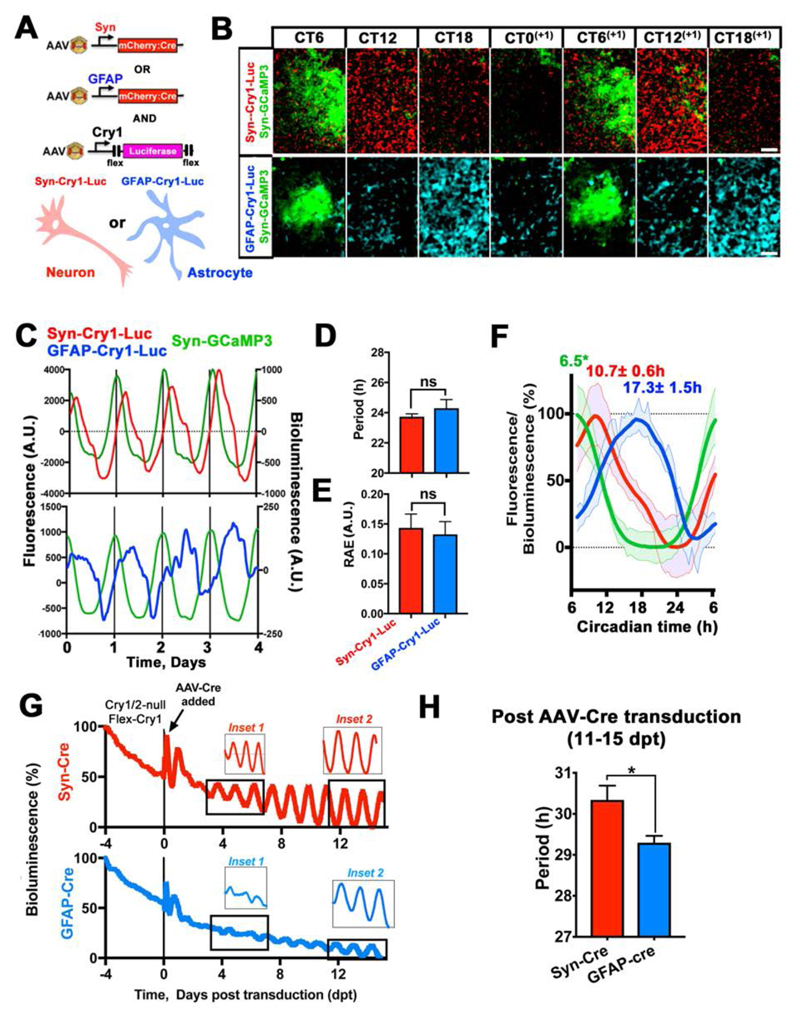Fig. 1. An astrocytic clockwork can autonomously drive circadian clock gene expression in the SCN.
(A) Experimental design to restrict expression of Cry1-Flex-Luc to neurons or astrocytes by co-transduced Syn-mCherry::Cre or GFAP-mCherry::Cre AAVs. (B) Stills from live-imaging recordings of SCN slices co-transduced with Cry1-Flex-Luc, alongside Syn-mCherry::Cre or GFAP-mCherry::Cre, showing circadian variation of the bioluminescent Cry1-Luc signal, phase aligned to Syn-GCaMP3. Signals are false LUT colors. (C) Representative de-trended traces of neuronally or astrocytically restricted Cry1-Flex-Luc circadian oscillations, phase-aligned to Syn-GCaMP3. (D, E) Period and RAE values of Cry1-Luc oscillations, restricted to neurons or astrocytes. Mean±SEM n=5 per group. (F) Waveform traces of neuronal and astrocytic Cry1-Flex-Luc expression phase-aligned to Syn-GCaMP3. Mean±SEM n=5 for each experimental group. *Circadian phase based on previous data (3, 9). (G) Representative Per2::Luc traces from SCN slices of Cry1/2-null pups sequentially transduced with Cry1-Flex-Cry1::EGFP and then either Syn-mCherry::Cre or GFAP-mCherry::Cre AAVs to restore Cry1 expression in neurons or astrocytes, respectively. Insets show amplitudes of Per2::Luc in the early (inset 1) and late (inset 2) stages of neuronally and astrocytically restricted Cry1 expression. (H) Period values following neuronally or astrocytically restricted Cry1 expression in the late phases of the treatment. Mean±SEM, n=4. Statistical test is unpaired two-tailed t-test. *=p<0.05. Scale Bars= 50 μm.

